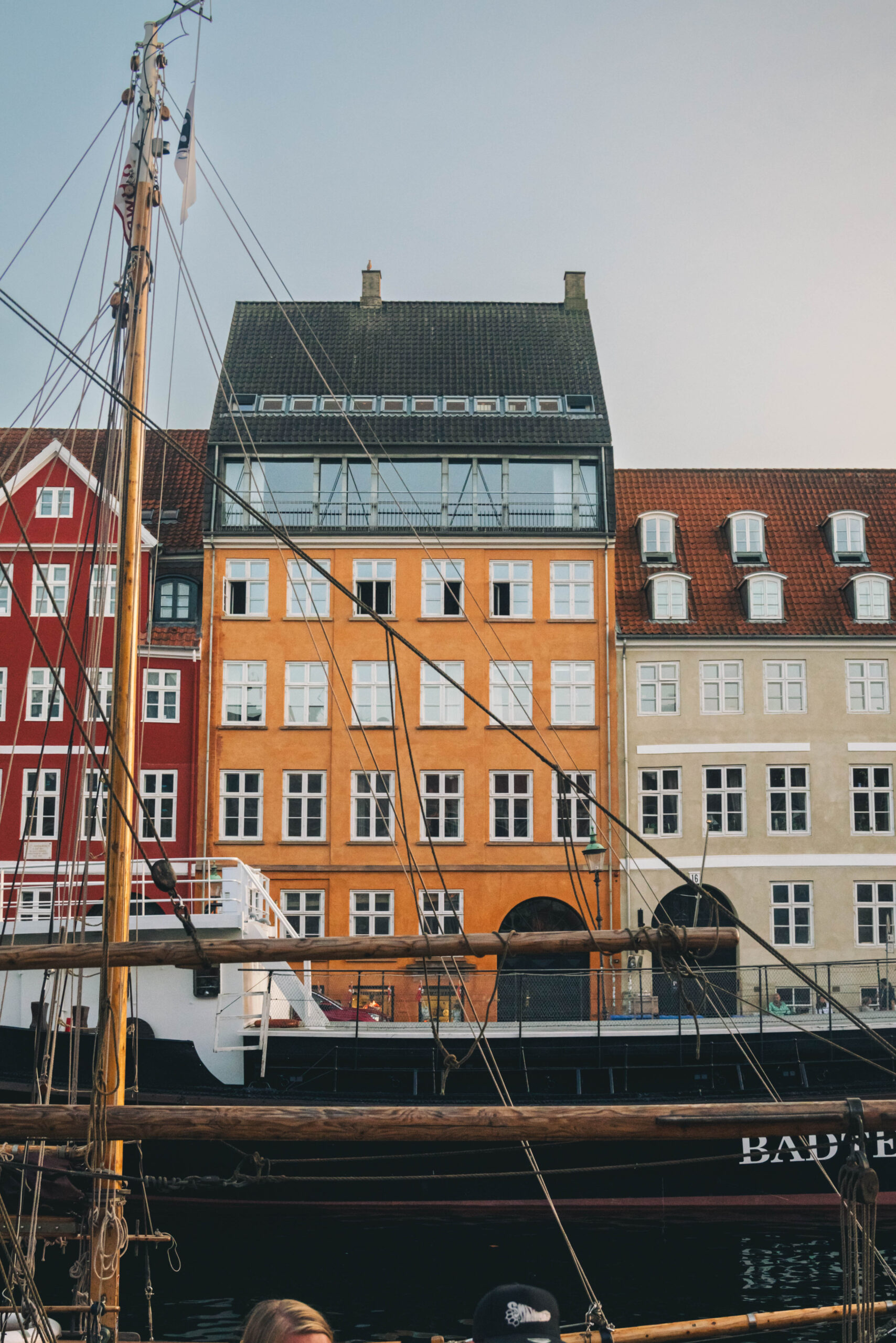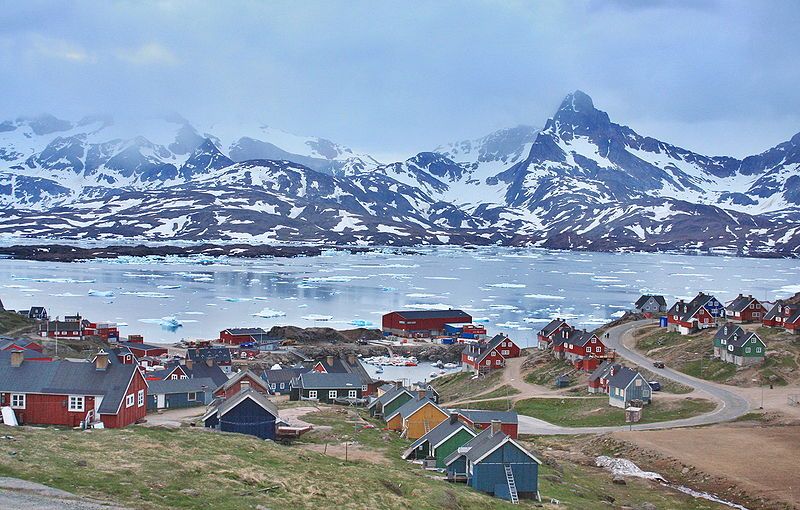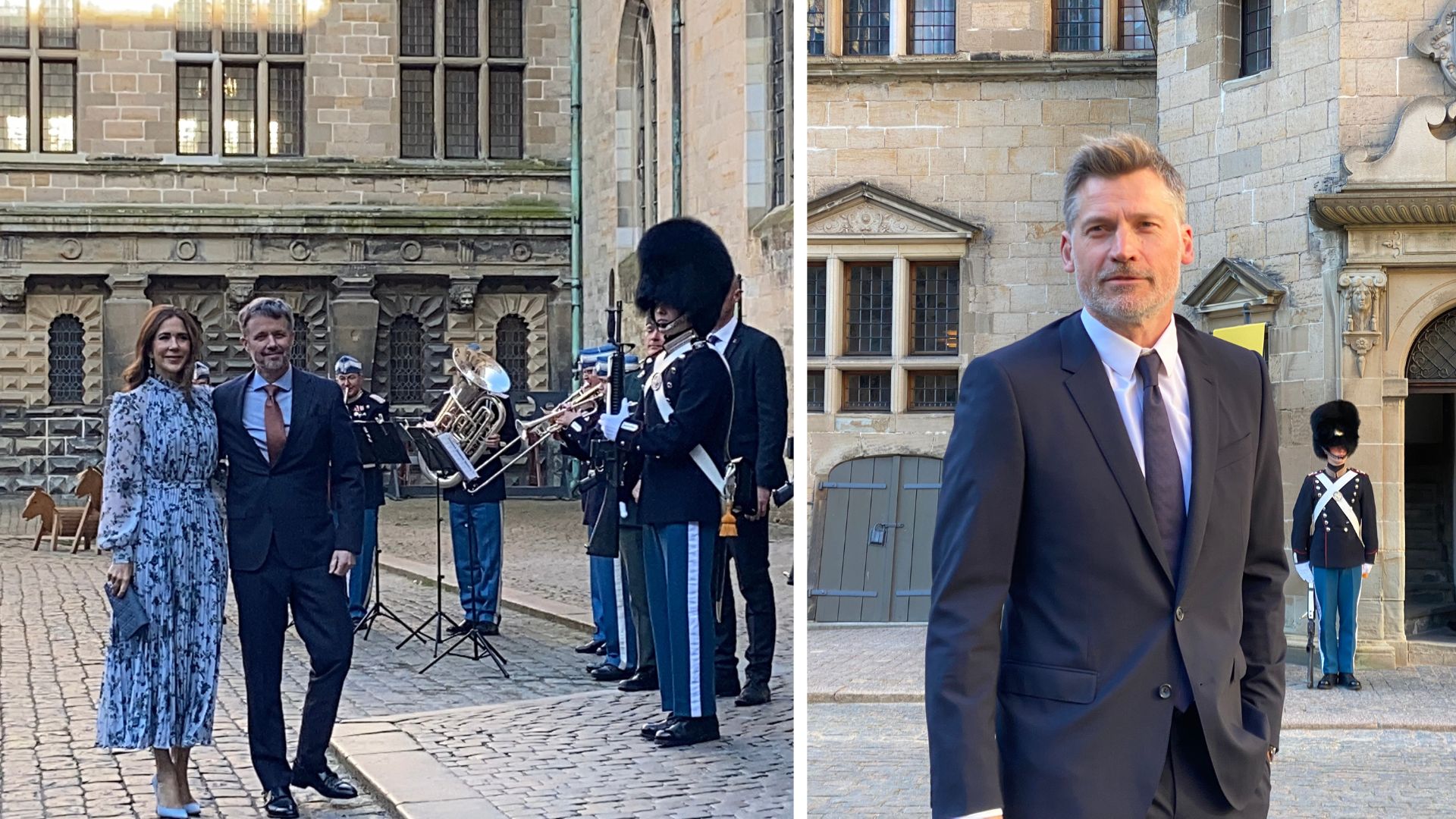Since 2006, the Danish government has stopped accepting refugees from countries in the Muslim world as part of its annual refugee quota, according to a new report from the Justice Ministry.
The report – composed for parliament’s immigration and integration panels – documented that Muslim refugees are rarely among the 500 refugees that Denmark accepts every year as part of the annual refugee quota list drawn up by the UNHCR.
Jakob Dam Glynstrup, a spokesperson for the immigration services, Udlændingestyrelsen, argued that Denmark chose the quota refugees who needed the most protection.
“All destinations are highly prioritised by the UNHCR and it is the refugees’ need for protection that is essential in this case, and not their religion,” Glynstrup told Information newspaper.
READ MORE: Dramatic drop in asylum seekers living at centres
Can you integrate?
The report, which documented the accepted refugee quotas over the past 25 years, showed that while most refugees in the 1990s hailed from Muslim countries, that changed with the new, more immigration-stringent government in 2001.
In 2005, the former government changed the immigration law so that the refugees’ integration potential became a major focal point – a move that was discontinued in late 2013 by the current government.
The refugees are selected by the Danish Refugee Council and the government’s Immigration Service on visits to countries where the refugees live.
Last year, Udlændingestyrelsen travelled to Nepal, Ecuador and Uganda in a bid to find quota refugees. This year, it intends to go to Ecuador, Uganda, Lebanon, Colombia and the Democratic Republic of Congo.











